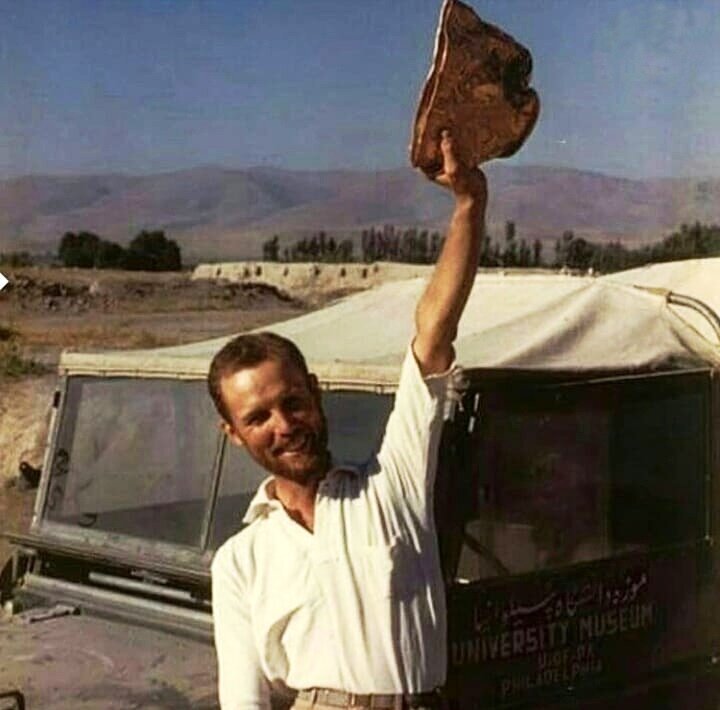Hasanlu Golden Bowl festival added to Iran’s national tourism calendar

TEHRAN – The annual Hasanlu Golden Bowl Festival, held in Naghadeh, West Azarbaijan province, has been officially registered in the calendar of national tourism events of the Islamic Republic of Iran, an official announced.
Morteza Safari, the provincial tourism chief, confirmed the registration, noting that the festival is held each year at the historic site of Teppeh Hasanlu.
He underlined that the event is aimed at reviving local traditions and raising awareness of the region’s cultural and historical identity through a variety of cultural, artistic, and social programs.
“This year, the Hasanlu Golden Bowl Festival will take place from August 11 to 16 at the archaeological site of Hasanlu in Naghadeh,” Safari said. “The event celebrates the discovery of one of Iran’s most iconic ancient artifacts –the Golden Bowl of Hasanlu.”

The festival coincides annually with the anniversary of the bowl’s discovery and is held in the village of Hasanlu to honor the artifact’s historical significance
The bowl, a masterfully crafted ancient vessel adorned in relief, is estimated to date from around 800 BC. It was unearthed in 1958 during excavations led by American archaeologist Robert H. Dyson at Teppeh Hasanlu, near the city of Naghadeh in northwest Iran. Today, the relic is housed in the National Museum of Iran in Tehran.
Among the most important objects uncovered at Hasanlu were an unusually decorated silver bowl, several iron garment pins headed by bronze lions, a solid gold bowl, a knife handle with gold cloisonné, and two hollow bronze horse heads that served to hold liquids.

According to the Britannica Encyclopedia, Hasanlu was inhabited from about 2100 to about 825 BC, but the richest period yet excavated dates to the 10th and 9th centuries BC. The period, often called “Mannaean” after the name of the people who lived in the area, is characterized by a gray pottery accompanied by black and red varieties, the black ware being of much finer quality and probably made in imitation of metal vessels.
Experts say parallels to the motifs on the Hasanlu objects have been found in Elam, Assyria, north Syria, and Urartu, indicating that Iran not only received considerable cultural and artistic stimuli from other areas but also, in turn, exerted influence on West Asia.
AM
Leave a Comment